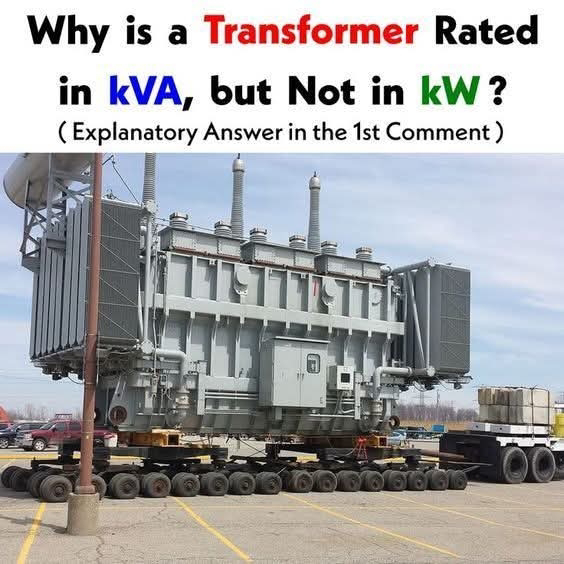Japan uses 100 volts as its standard household voltage primarily due to historical and technological developments in the late 19th and early 20th centuries. When Japan first began electrifying its cities in the 1890s, it imported electrical equipment from both Europe and the United States. Tokyo imported 50 Hz generators from Germany, and Osaka got 60 Hz systems from the U.S. At the time, the equipment from America was designed for 100V systems, and Japan adopted this standard to remain compatible with imported technology.
Unlike Europe or America, Japan did not undergo a major overhaul of its national electrical infrastructure as technology evolved. Other countries shifted to higher voltages (like 220V or 120V) to support more powerful appliances and reduce transmission losses, but Japan chose to maintain the 100V system. This was largely due to the already widespread use of 100V appliances and the high cost of changing them all. Also, Japan's conservative and quality-focused engineering culture tends to value stability and safety over drastic change, and 100V systems are generally considered safer for household use due to the lower risk of electrical shock.
Even today, Japan operates two frequency systems (50 Hz in the east and 60 Hz in the west), which further complicates a complete transition to a new voltage or standard. As a result, Japan continues to use 100V with slight variations: 100V for normal outlets and 200V for high-power appliances like air conditioners and ovens.
Summary:
Japan uses 100V mainly because of its early adoption of U.S.-based equipment in the 1890s. The system stuck because it was costly and difficult to upgrade later. Japan values safety and stability, so even today it sticks with 100V for homes, while 200V is used for larger appliances.



















